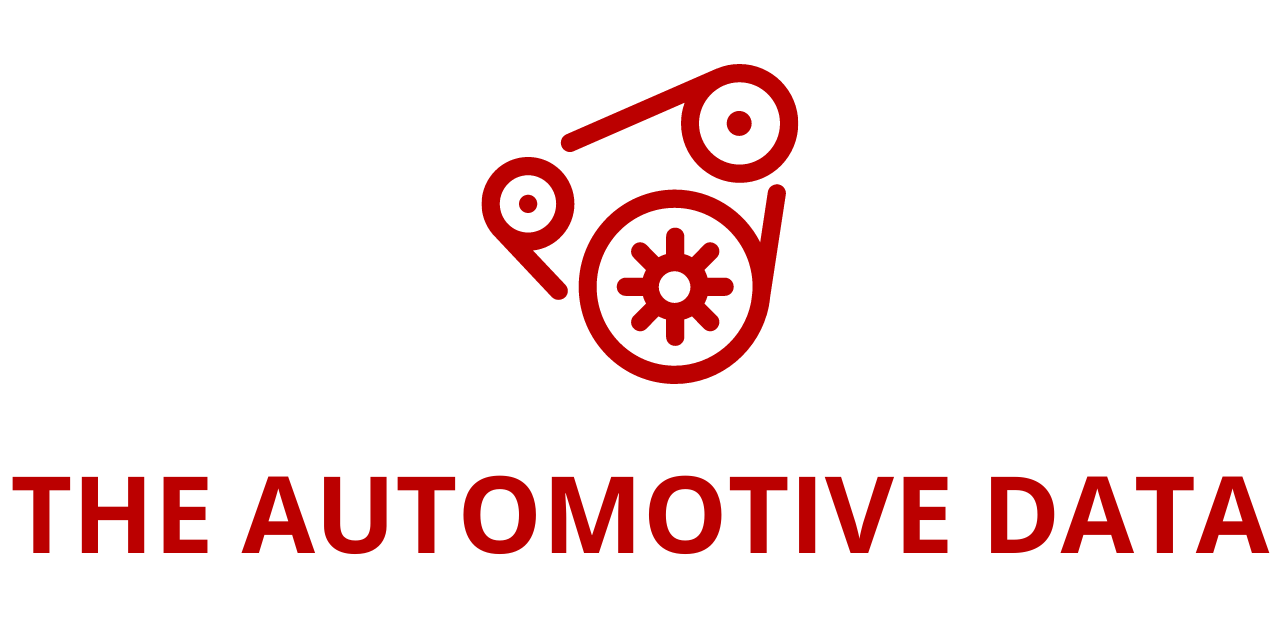
Fuel Cells Market Outlook 2025: Over 18,000 Hydrogen Vehicles Sold, Global Forecasts Extend to 2039
The global energy landscape is undergoing a significant transformation, and cells are at the forefront of this evolution. According to the newly released “Global Market for Cells 2025” report by ResearchAndMarkets.com, cells are set to play a vital role in the shift toward cleaner, more sustainable power generation. The market is projected to generate over 450 gigawatts (GW) of electricity by 2039, with revenue surpassing $536 billion during the forecast period.
Fuel cells are advanced electrochemical devices that convert chemical energy directly into electricity, offering an efficient and environmentally friendly alternative to conventional combustion-based energy sources. Their versatility and wide range of applications—especially in transportation and stationary power—position them as a cornerstone of future energy systems.
Fuel Cell Technologies: Driving the Future of Clean Energy
The report provides a comprehensive analysis of six prominent cell types, focusing particularly on low-temperature proton exchange membrane cells (LT-PEMFCs) and solid oxide cells (SOFCs), which dominate mobile and stationary applications, respectively.
LT-PEMFCs are primarily deployed in transportation, including cars, buses, and trucks. Their ability to operate at lower temperatures makes them ideal for vehicles requiring quick startup times and compact design. These fuel cells use hydrogen as , producing only water vapor as an emission, making them one of the cleanest energy solutions for the automotive industry.
On the other hand, SOFCs are optimized for high-efficiency stationary power applications. They operate at much higher temperatures, which allows them to use a broader range of s, including natural gas and biogas, without needing expensive catalysts. Their primary use cases include backup power systems, microgrids, and industrial installations.
Hydrogen: The Energy Carrier of Tomorrow
Hydrogen stands at the center of the fuel cell revolution. As an energy carrier, hydrogen offers a zero-emission alternative to fossil s, particularly when produced from renewable sources like solar and wind. The transition to hydrogen-fueled systems reflects a broader global commitment to reducing carbon footprints and achieving sustainability targets.
The report highlights that the number of hydrogen fuel cell vehicles sold has already exceeded 18,000, underscoring the technology’s growing acceptance and adoption. With continued advancements in hydrogen production, storage, and refueling infrastructure, the pace of deployment is expected to accelerate significantly over the next 15 years.
Applications Across Sectors: Stationary, Mobile, and Beyond
Fuel cells are being adopted across a broad range of sectors. The stationary segment is expected to remain the dominant application area through 2039 due to fuel cells’ high efficiency, scalability, and ability to operate independently from the grid. Their deployment is particularly strong in industrial settings, data centers, and as backup power for critical infrastructure.
The transportation sector, however, is seeing rapid growth. cells are increasingly being used not only in passenger vehicles but also in heavy-duty trucks, public transit buses, forklifts, motorcycles, and even emerging platforms such as drones, aircraft, and marine vessels. The report notes that virtually every mode of transport can benefit from cell technology due to its quick refueling time and long driving range.
Technological Advancements and Market Drivers
The study outlines several key drivers propelling the cell market forward:
- Increased R&D investments aimed at enhancing fuel cell efficiency, lifespan, and performance.
- Government policies and incentives, especially in countries like Japan, South Korea, Germany, and the U.S., which are fostering the development of hydrogen infrastructure and clean energy solutions.
- Growing awareness and demand for cleaner alternatives across industries seeking to reduce their environmental impact.
Significant technological progress is also being made in the development of high-power-density fuel cells, improved catalysts, and integration with renewable energy systems and batteries. These advancements contribute to reducing costs, increasing durability, and improving the overall commercial viability of fuel cells.
Challenges Facing the Market
Despite promising growth prospects, several challenges remain. The report identifies critical issues that must be addressed to unlock the full potential of fuel cells:
- Hydrogen infrastructure limitations, including lack of widespread refueling stations and high costs of hydrogen production.
- Technology degradation over time, especially in harsh or variable operational conditions.
- Competition from other energy storage and generation technologies, such as lithium-ion batteries and conventional power systems.
- Financial and supply chain vulnerabilities, particularly for rare materials used in fuel cell components.
- Limited public awareness and market education, which may slow down consumer adoption and investment.
Overcoming these barriers will require continued collaboration between governments, research institutions, and industry stakeholders.
Regional Outlook: Asia Pacific Leads, Global Momentum Grows
Geographically, the Asia Pacific region is leading the global cell adoption curve, with countries like Japan, South Korea, and China investing heavily in hydrogen strategies and fuel cell vehicle (FCV) deployment. These nations are setting ambitious targets and offering substantial support through subsidies, infrastructure projects, and public-private partnerships.
In Europe, Germany, France, and the UK are spearheading the integration of fuel cells into energy systems and transportation networks, driven by EU climate mandates and clean mobility goals.
The Americas, particularly the United States, are also witnessing growing momentum. Key players in the automotive and industrial sectors are advancing commercialization through innovation and strategic partnerships.
Competitive Landscape
The report includes detailed profiles of leading fuel cell vendors and manufacturers across the globe. Notable companies include:
- Ballard Power Systems
- Bloom Energy
- Ceres Power
- FuelCell Energy
- Plug Power
- Panasonic
- Toyota
- Hyundai Motor
- Cummins
- Intelligent Energy
These players are actively expanding their product portfolios, pursuing new market opportunities, and engaging in mergers and acquisitions to strengthen their positions.
Market Forecasts: A Billion-Dollar Opportunity
The “Global Market for Fuel Cells 2025” report provides an in-depth forecast through 2039, detailing expected unit sales, revenue projections, and growth rates segmented by fuel cell type, temperature group, and region.
Highlights from the forecast include:
- Over 450 GW of electricity generation capacity from fuel cells by 2039.
- Cumulative market revenue of $536 billion over the 15-year period.
- Continued dominance of LT-PEMFCs and SOFCs across mobile and stationary sectors.
- Double-digit compound annual growth rates (CAGR) in key application segments.
The study underscores that fuel cells are not a niche technology—they are a foundational component of the global clean energy transition.







